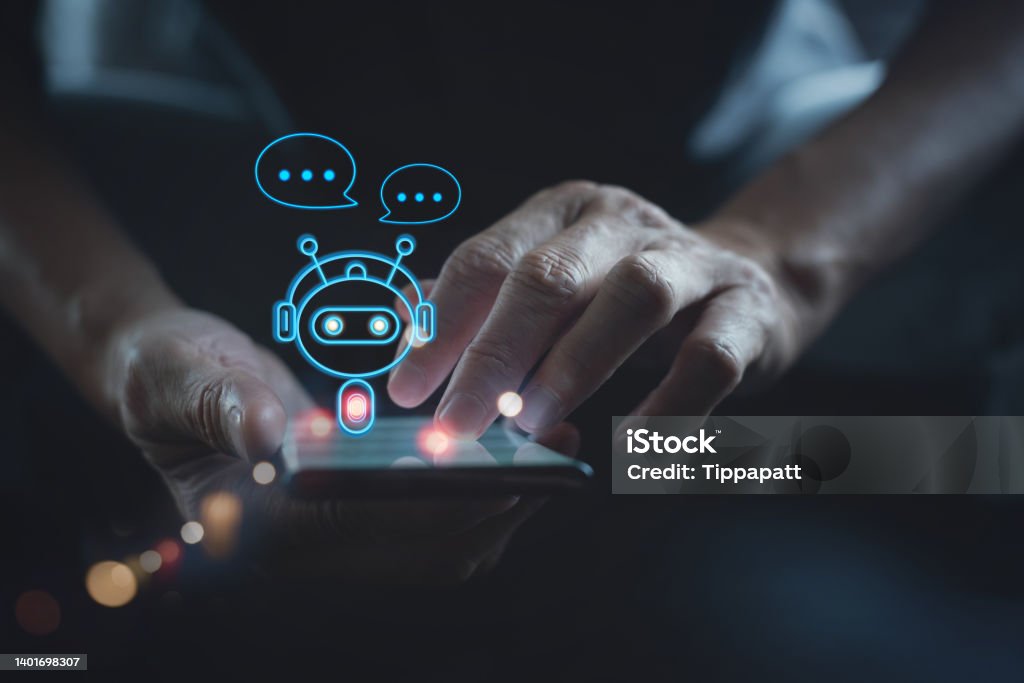Small AI models are transforming the way smartphones and other devices handle artificial intelligence, ushering in an era of speed, privacy, and accessibility that is reshaping daily life. Rather than relying on massive cloud-based systems, these compact, efficient models run directly on your phone—making AI faster, smarter, and safer than ever before.
What Are Small AI Models?
Small AI models, also known as “edge AI” or “tiny AI,” are lightweight machine learning algorithms optimized for mobile hardware. Unlike traditional large models, they require less memory and computational power, making it possible to process voice, images, and sensor data right on your device. This means actions like face recognition, real-time translation, or even privacy-focused messaging happen instantly—without waiting for a connection to remote servers.
Why Are Small AI Models Trending on Phones?
- Faster Speed & Lower Latency
Running AI tasks locally eliminates the need to send data to the cloud and wait for a response. Small models deliver real-time results for voice assistants, object recognition, and camera features—keeping up with the pace of modern life. - Stronger Privacy & Security
Your personal information—like photos, voice commands, and health data—stays on your device. Small AI models process data without sharing it, reducing the risk of security breaches and unauthorized access. - Better Battery Life & Cost Savings
Because these models are built to be efficient, they use far less power than cloud-based solutions, preserving battery life and lowering data usage costs. They also run on standard processors found in most phones, making next-gen AI features available to all users—no premium device required. - Offline Functionality
Small AI models work even when you’re offline or have a weak signal, supporting features like real-time translation, smart home automation, and predictive keyboard input, regardless of connectivity. - Scalability & Accessibility
From rural shop owners to city commuters, these models offer consistent performance for anyone with a smartphone, making advanced AI accessible globally without expensive infrastructure.
Real-World Applications of Small Edge AI Models
• Voice Assistants: Speedy recognition and personalized help, even offline.
• Smart Cameras: Instant photo enhancements, portrait mode, and video stabilization.
• Health & Fitness: On-device heart rate, sleep tracking, and symptom monitoring.
• Security: Biometric verification and proactive fraud detection.
• Games: Adaptive difficulty and intelligent NPCs for immersive play.
• Battery & Device Optimization: Smarter resource management for longer phone life.
Challenges and Solutions
While deploying AI on mobile devices requires clever engineering to balance speed, accuracy, and battery life, advances in edge hardware (like Google Edge TPU, NVIDIA Jetson, and ARM NPUs) are making small models smarter and more reliable than ever. AI’s leap to the edge means fewer headaches with privacy, lower costs, and greater convenience.
The Future of Edge AI
Industry research suggests over half of mobile edge devices will be AI-capable by 2028, and generative AI-enabled smartphone shipments are projected to grow by 364% in two years. Expect a surge of innovation in every pocket—smaller mobile AI models powering everything from health care to entertainment on the go.
In summary, small AI models are driving the biggest upgrade for smartphones since the invention of touchscreens: speed, privacy, efficiency, and intelligence are now at your fingertips—no cloud required.
Read More :- Agentic AI Explained: How Autonomous AI Will Change Everything

